Decandling and cutback are great techniques for redirecting growth on black pines. Here are some examples. Tree #1 After eleven years, the trunk of the tree below has reached the desired size. Any further significant growth and the curves would begin to disappear. The goal for this stage of development is to reduce investment in the sacrifice branch and further refine the lower branches. 
11 year-old black pine
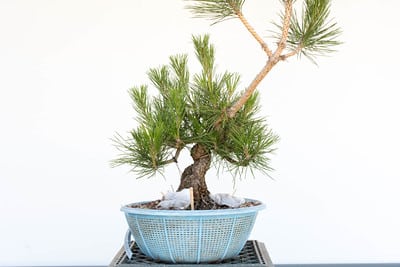
Close-up of the lower branches
First I decandled the spring shoots on the lower branches, then I removed most of the escape branch. I’ll remove the remainder of the escape branch after it helps to close a wound lower on the trunk. 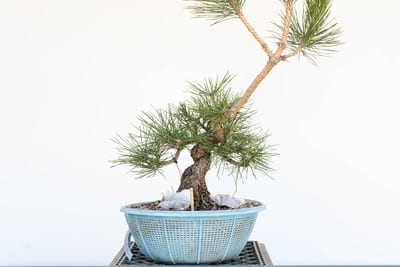
After decandling
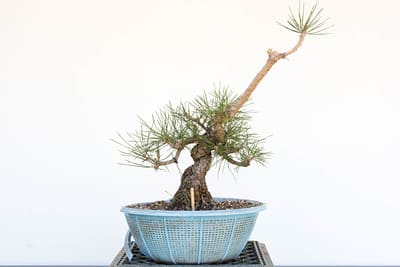
After cutback
Tree #2 The goal for the tree below is to generate more branches low on the trunk. The escape branch helped the tree reach its current size, but further growth is not necessary as the trunk is now the desired size. 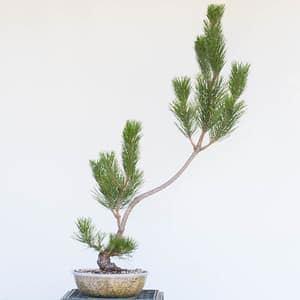
11 year-old pine
Reducing the escape branches encourages the tree to invest in the lower branches. When these branches are larger I can remove the escape branch and focus on the primary and secondary branches. 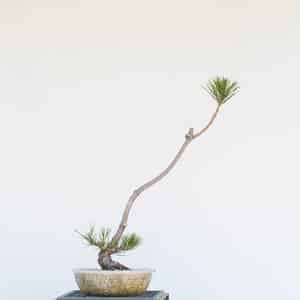
After decandling and cutback
Tree #3 The tree below is another future shohin black pine. I’d like the right side to continue to thicken so I left the right hand escape branch in place while reducing the escape branch on the left. I decandled most of the lower branches to encourage new buds close to the trunk. 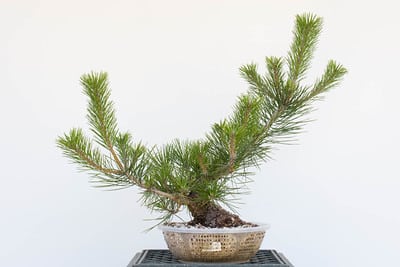
11 year-old black pine
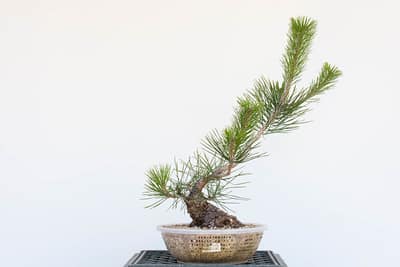
After decandling and cutback
The challenge here is getting summer buds to develop when the escape branch remains strong. I’ve experimented with this in the past and found that it’s not always easy to generate summer buds without further reducing the escape branch. I’ll find out in fall what happens with this tree. Tree #4 The tree below is slightly further along as the escape branches were removed last year. The goal is to replace vigorous spring growth with more refined summer growth. I decandled all spring shoots and removed extra needles. 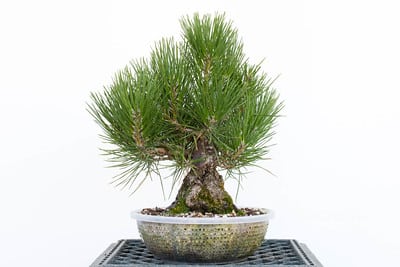
11 year-old black pine
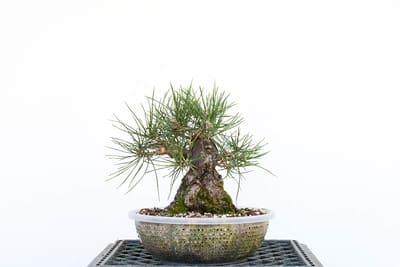
After decandling
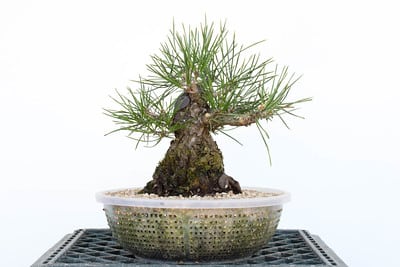
After removing extra needles
Subscribe to Bonsai Tonight
New Posts Delivered Every Tuesday and Friday
RAY NORRIS says
Very informative Thank you
Don Thomas says
Good post. Can you tell me where you.get the colander training pots you use?
Jonas Dupuich says
Hi Don – I usually get the colanders at local supermarkets or online.
bonsai Mohegan says
Hi Jonas. How’s it? Dig the blog.iima, when do you first cut your jbp seedlings (1st year, 2nd,etc)?
Neli Stoyanova says
I would like to ask: Did you use roots to create taper and larger trunk low down on some of the pines and what technique did you use for that?
Jonas Dupuich says
Hi Neli – I used the same basic approach for all of the trees. I started with seedling-cuttings, encouraged escape branches, and replaced them with less course branches along the way. The best description of the process is from Eric Schrader, particularly the image at the bottom: http://www.bssf.org/articles-and-stories/care-of-japanese-black-pine-stages-of-development/
Jonas Dupuich says
Mohegan – if you’re talking about cutting branches, a few may come off when I first wire at about 2 years old. For the most part, not much cutting happens for the first several years.
bonsai Mohegan says
Thanks for the response. I was referring to the top of the tree. Do you let the top grow as it will. I have two from last spring and 25 from this spring that I would like to keep on the small side. I am afraid they will bolt and will not produce lower branches. I see a lot of jbp seedlings about a foot tall with no branches until 8 or 9″. This may be good for literati, but i enjoy shohin.
Jonas Dupuich says
Mohegan – good point. Depending on how much food and sun/heat they get, pines can become pretty tall before branching. Less fertilizer and smaller containers can slow growth (here are some trees in their 3rd year that didn’t grow as much: http://bonsaitonight.com/2013/03/29/wiring-3-year-old-black-pines/). Wiring the shoots at the end of the second year can also slow the tree down and help produce lower branches. The final option is cutting the shoot somewhere above where you want the first branches to appear. If there are needles below the cut and the tree is healthy, the tree will produce shoots below the cut. I plan to do this on a few trees next year and will share pics if I do.
bonsai Mohegan says
Thanks Jonas. They look great! I assume they are seedling cuttings? Of my 25 from this spring, I made cuttings of 3 of them. I hadn’t tried that tech. before and was afraid to do more. Thanks again and keep up the good, no GREAT ,work!
Bernard says
Hi Jonas, i noticed that you cut all of the side branches of the escape branche and most of the new growth at the top of the terminal branch to slow down wood production of the trunks. My question is why not completely cut off the sacrifice branch once the trunk has reached the optimum size and allow one of the lower branches to become the new sacrifice in order to heal your main cut? Thanks Jonas.
Jonas Dupuich says
Hi Bernard – great question! Sometimes I hesitate to cut when I want the new escape branch to be a bit bigger before cutting off the current escape branch (tree #2). In the case of tree #1, I’m not sure what I’m going to do with the apex so for the time being I’m really slowing it down and will make the larger cut in early spring when the tree is growing quickly and heal faster.
Replacing escape branches with new escape branches is really the key to the project and something I’ve not said a lot about to date – will aim for providing more details going forward.
Paul3636 says
Trees #1 & #4 Look like whorls. If Branches are growing from the same spot how do you prevent thickening at that spot????
Jonas Dupuich says
Hi Paul – good question. Two thoughts come to mind. As there is a bit of a gap between some of these branches, I don’t expect a lot swelling. It’s when branches emerge from the exact same spot – or very close by – that swelling most often occurs. I’m also planning to decandle from here on out. Decandling decreases branch swelling but doesn’t make it go away. I’ll try to get better close ups the next time I work on these trees.